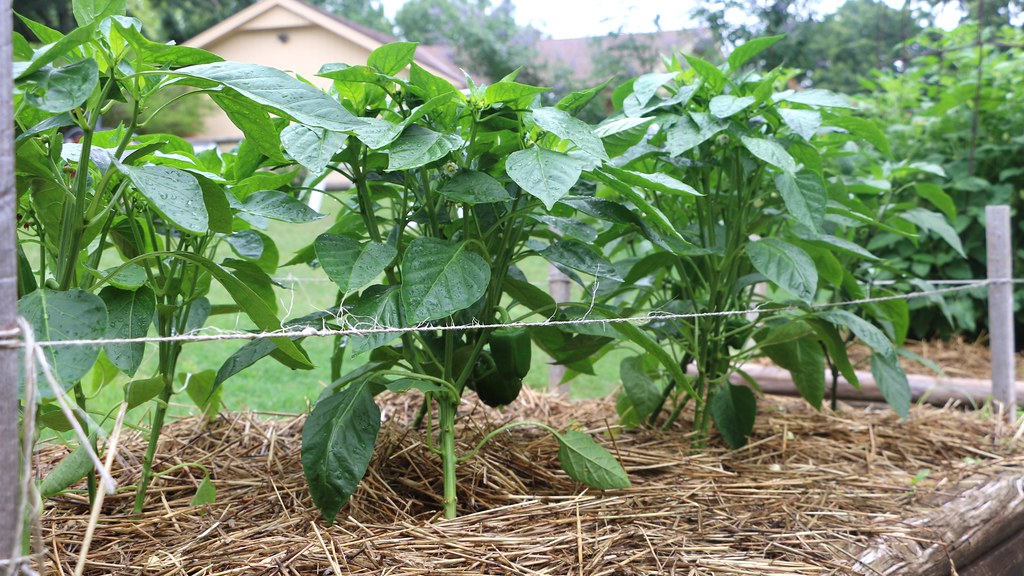Growing Peppers Indoors – Guidelines & Tips
Growing peppers indoors can be a great way to enjoy the delicious fruits or vegetables without having to worry about the vagaries of weather or pests. While it may seem intimidating, growing peppers indoors is actually quite easy and only takes a few simple steps. Here are some tips and guidelines for getting your peppers to thrive indoors.
Choose the Right Variety
When it comes to growing peppers indoors, not all varieties are created equally. You’ll want to do your research and make sure to choose pepper varieties that thrive in indoor conditions. Some of the best types of peppers to grow indoors are sweet bell peppers, chili peppers, jalapenos, and cayenne peppers.
Choose the Appropriate Containers
When selecting containers for your peppers, choose the appropriate size for the variety of peppers you’re planting. The containers should have a few holes in the bottom and should be filled with a well-draining potting soil mix. You can also add nutrient-rich compost to the mix for an extra boost of nutrition.
Light Requirements
Peppers need at least 6-8 hours of direct sunlight per day in order to thrive indoors. If you don’t have a spot that gets 6-8 hours of direct sunlight, you can supplement with a grow light. Make sure to position the light close enough to your peppers (about 12-18 inches away) for them to get the necessary light.
Water & Fertilizer
Your peppers will need regular watering and fertilizing in order to thrive indoors. Water your plants when the soil feels dry to the touch, making sure the soil is moist but not waterlogged. Add a liquid fertilizer every two weeks to ensure your peppers are getting the nutrients they need.
Pest & Disease Prevention
The two main pests to watch out for with indoor peppers are whiteflies and spider mites. Inspect your plants regularly for signs of these pests and use insecticidal soap or pyrethrin to manage them. To help prevent disease, make sure you’re regularly removing dead foliage and pruning the plant when it starts to get too large.
Harvesting Peppers
Once your peppers start to ripen, you can start harvesting them. Most peppers will be ripe when they’re bright and firm to the touch. You can gently twist the peppers off the plant or use kitchen scissors to snip them off the stem.
Growing peppers indoors can be a great way to enjoy the fruits or vegetables all year round. Just follow the guidelines above and you’ll soon have peppers to add to your favorite recipes.



